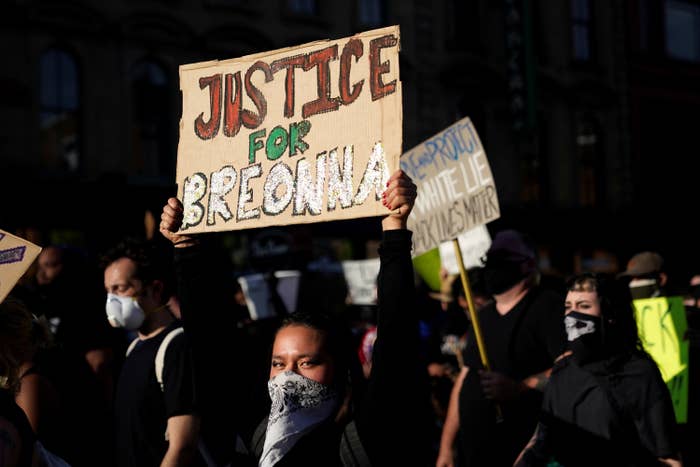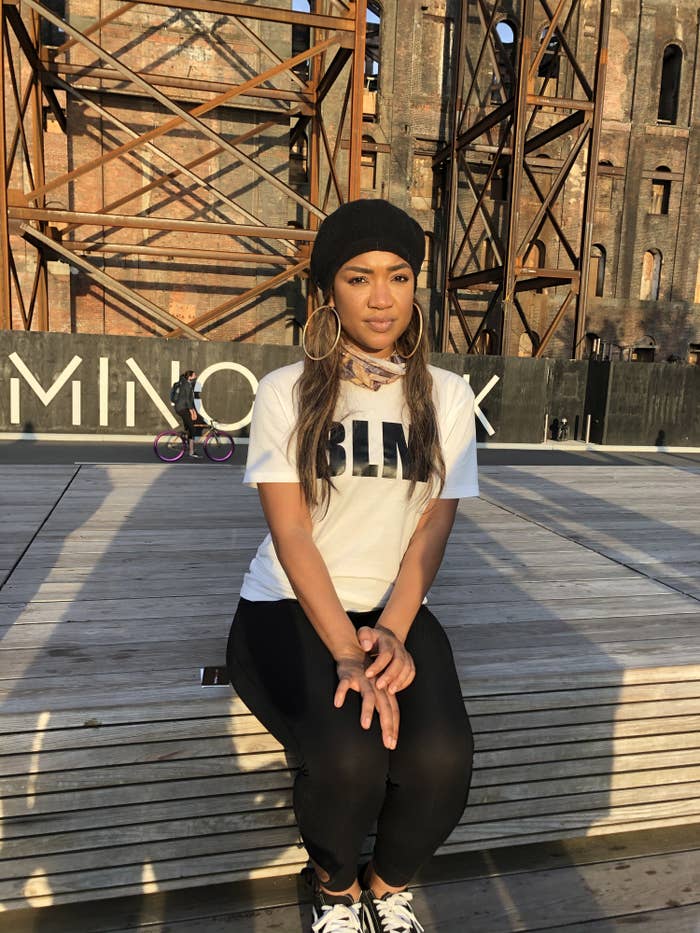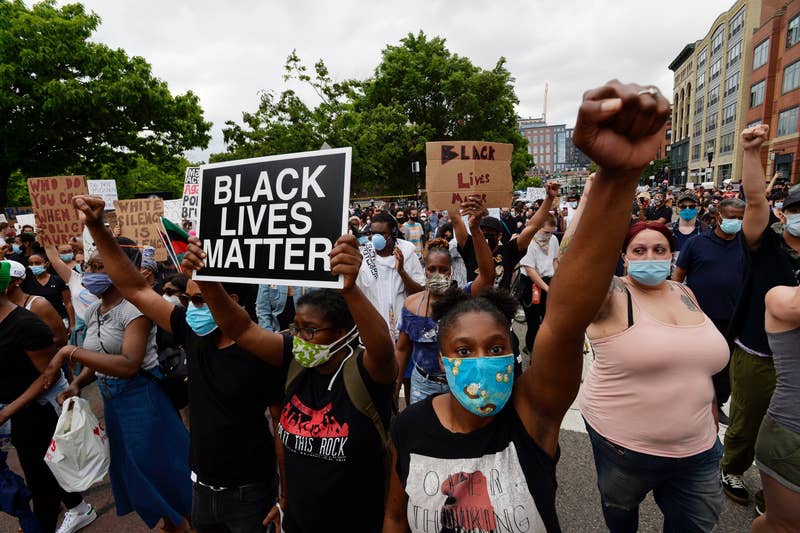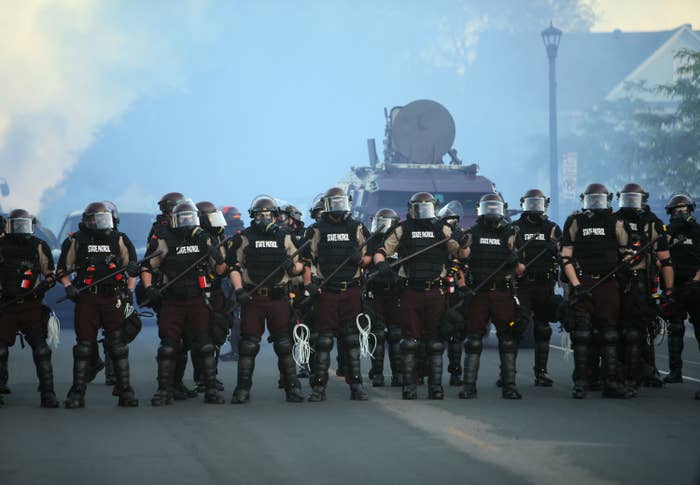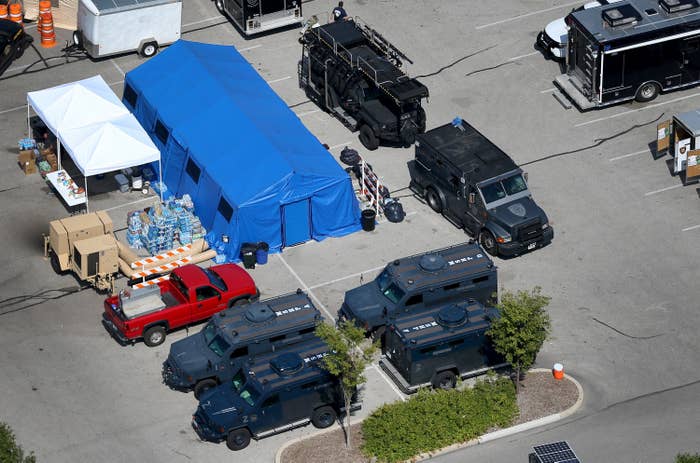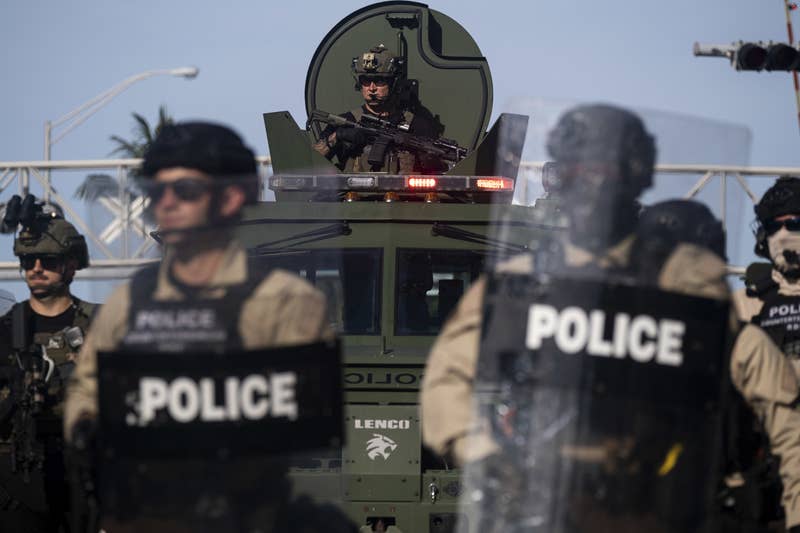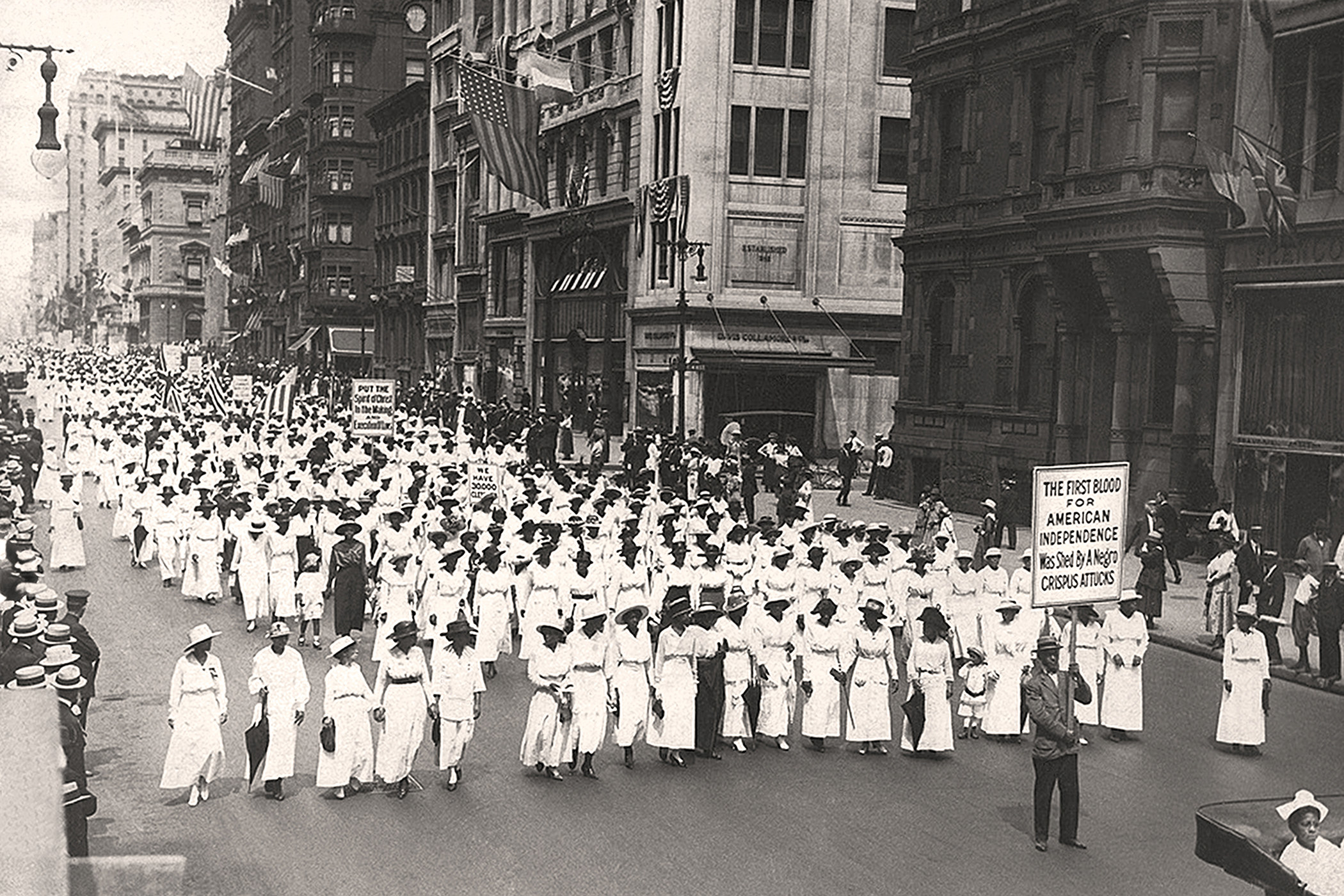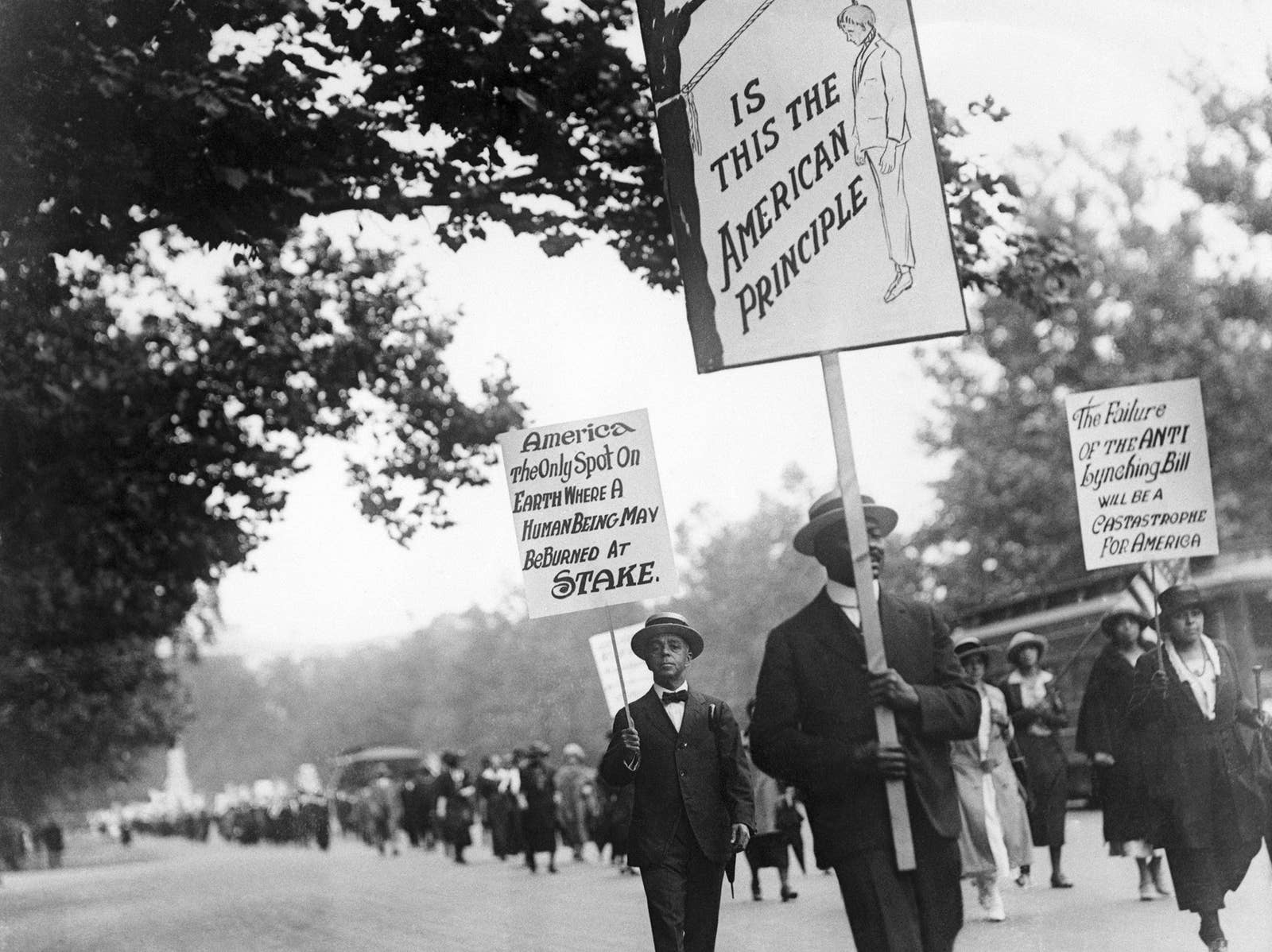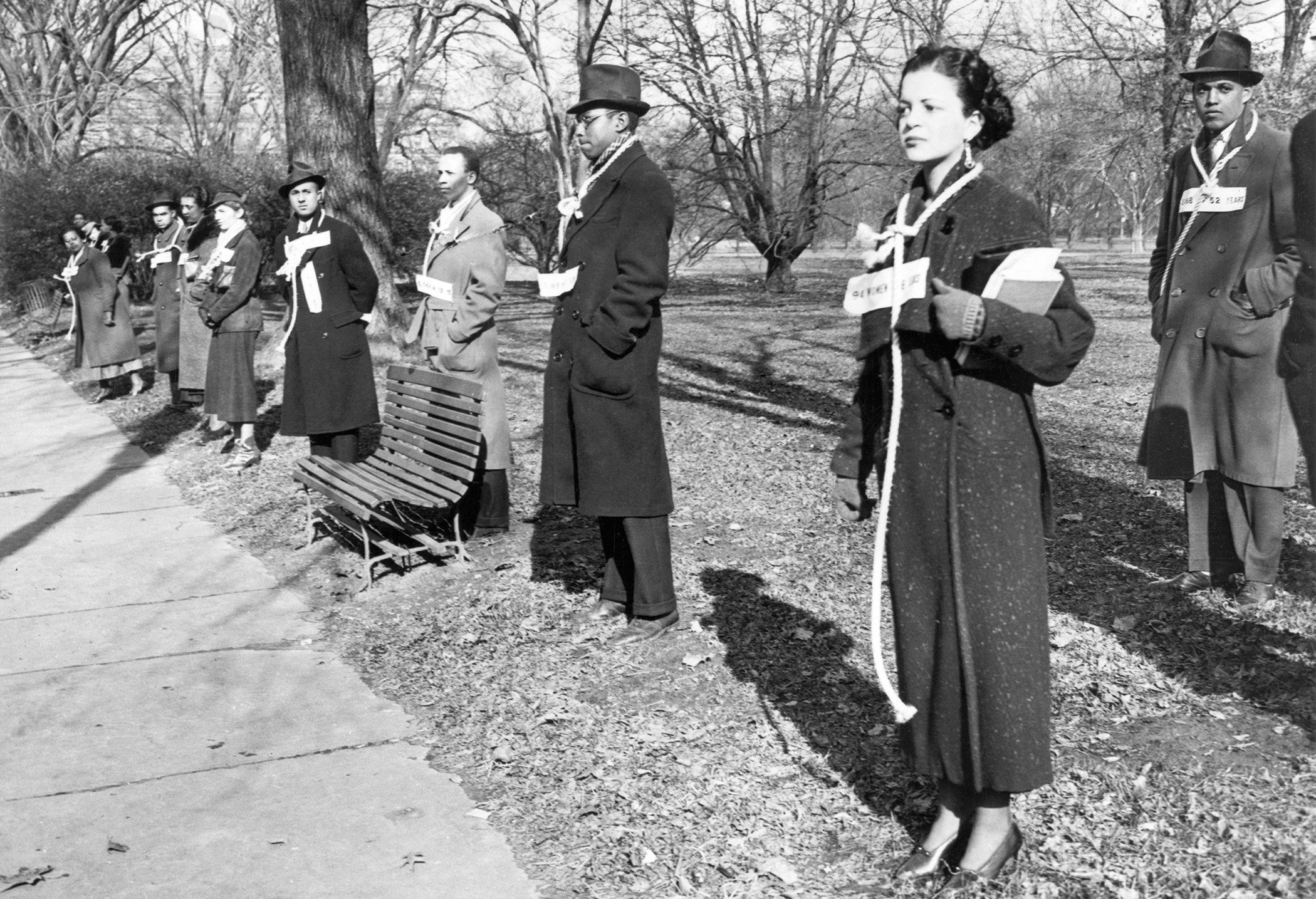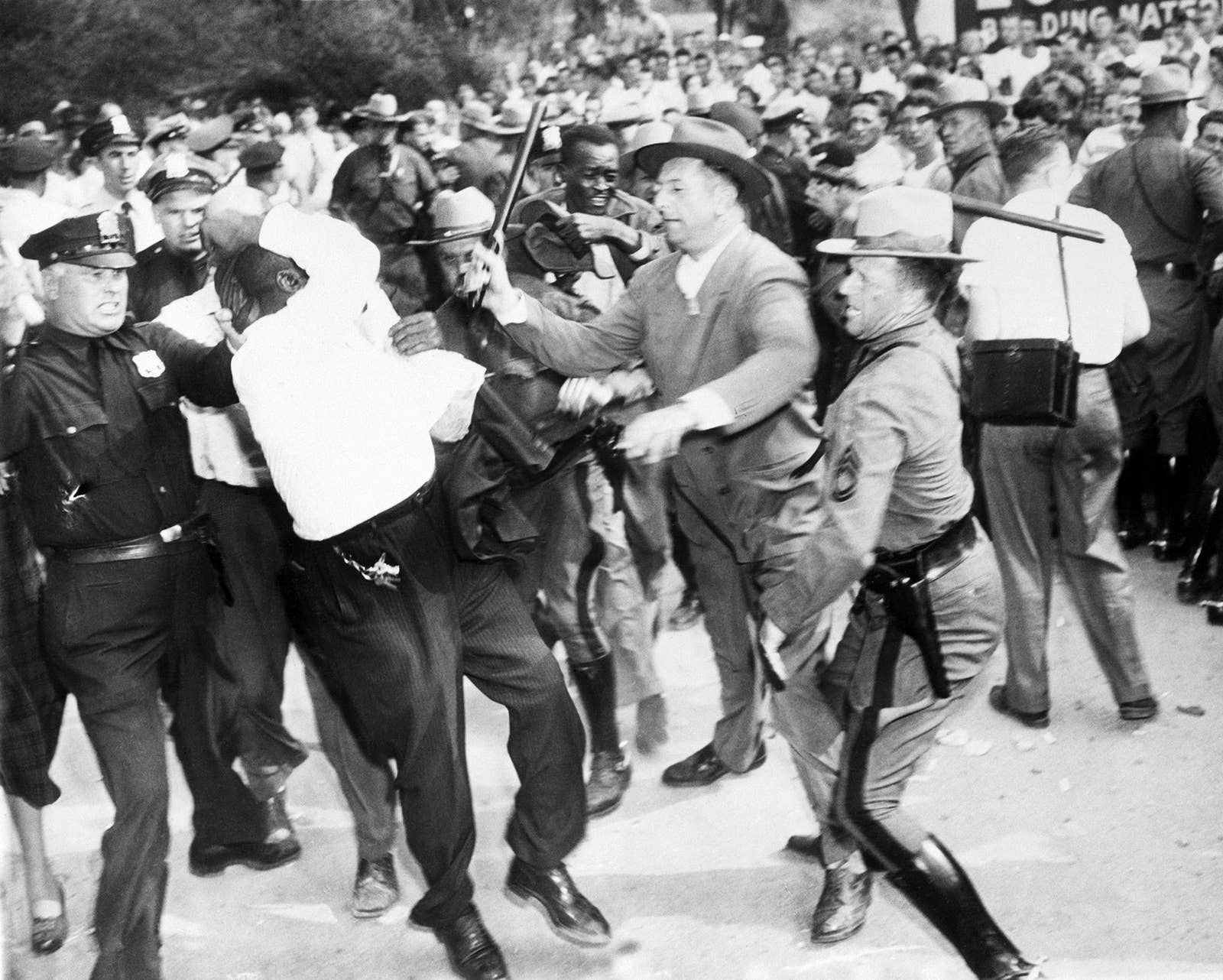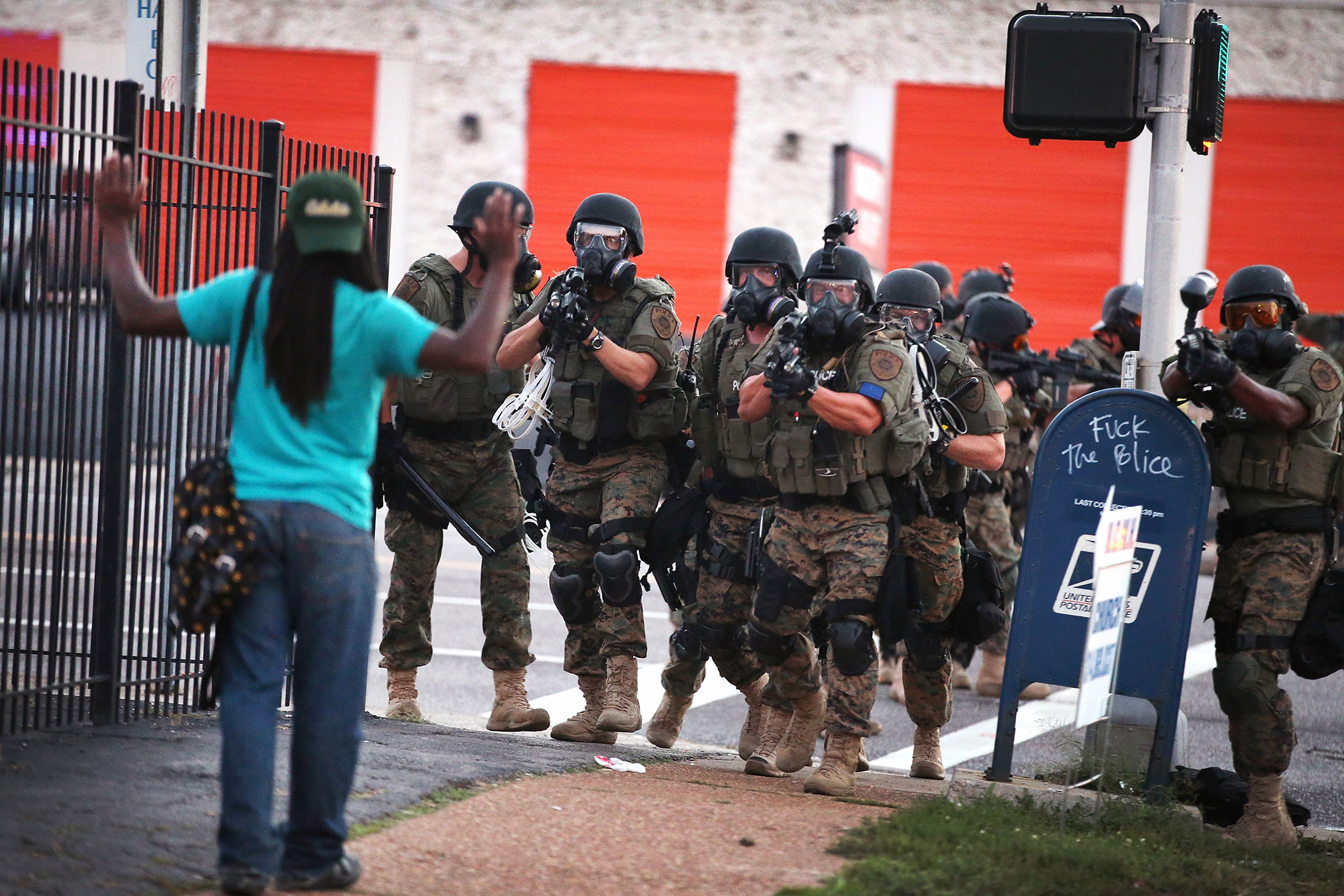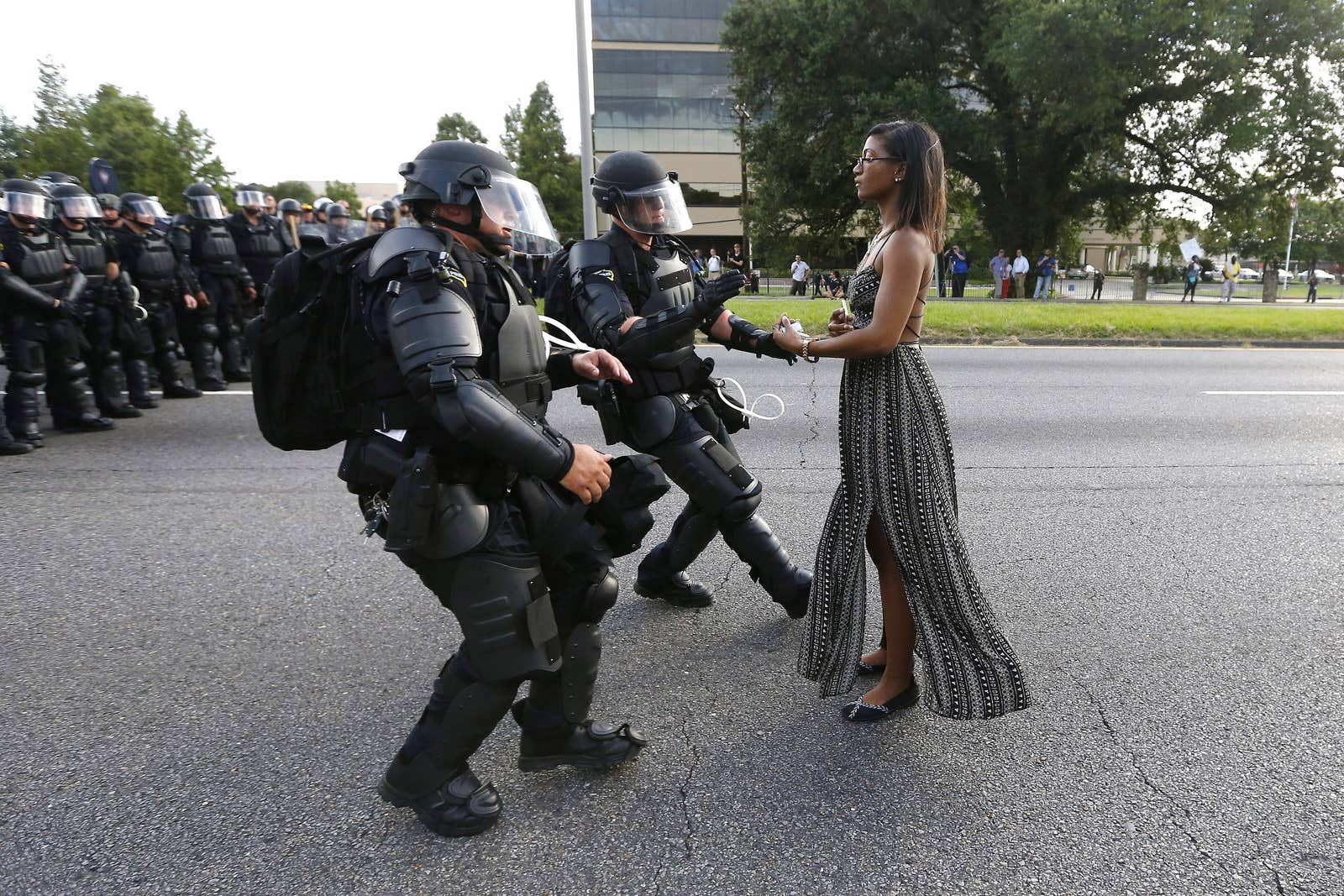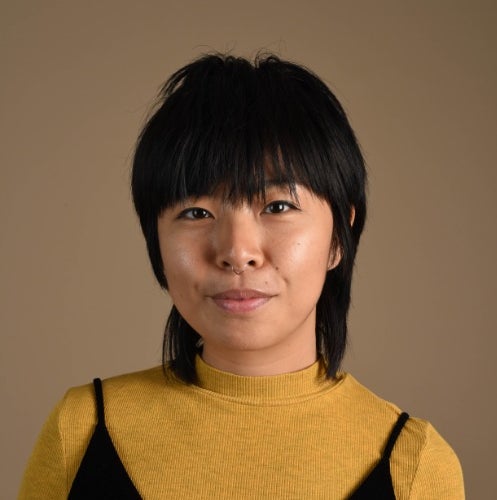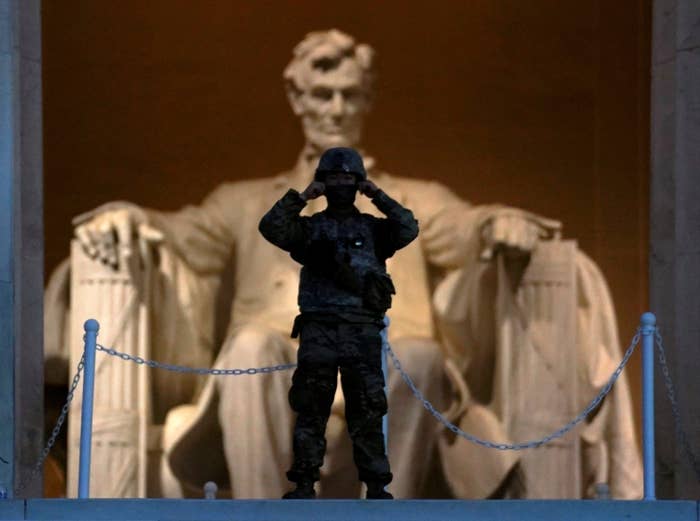RICH WHITE GUY LOOTS
WELL WHO DID YOU THINK WAS LOOTING BUT A WANNABE THUG
Paul, 23, is facing two misdemeanor charges, criminal trespass and unlawful assembly, after he was filmed among looters at the Scottsdale Fashion Square mall.
David MackBuzzFeed News Reporter
Posted on June 4, 2020

Leon Bennett / Getty Images
YouTuber Jake Paul has been charged by authorities in Arizona in connection with the looting of a Scottsdale mall over the weekend amid protests against police brutality.
Paul, 23, is facing two misdemeanor charges, criminal trespass and unlawful assembly, according to a news release from the Scottsdale Police Department provided to BuzzFeed News.
In now-deleted footage shot by his videographer Andrew Blue, Paul is seen walking through the closed, largely empty Scottsdale Fashion Square mall on Saturday night as people around him started vandalizing stores.
The footage went viral and police said they "received hundreds of tips and videos" identifying the "social media influencer...as a participant in the riot."

Mo@mograsmick
@fluffysmolcloud Here’s the deleted video07:39 AM - 31 May 2020
Reply Retweet Favorite
"Our investigation has revealed that Paul was present after the protest was declared an unlawful assembly and the rioters were ordered to leave the area by the police," said police. "Paul also unlawfully entered and remained inside of the mall when it was closed."
Paul has maintained he did not participate in any looting or vandalism and was only there to film events.
"We were strictly documenting, not engaging," he wrote. "I do not condone violence, looting, or breaking the law."

Jake Paul@jakepaul
04:27 PM - 31 May 2020
Reply Retweet Favorite
The videos of Paul did not show him vandalizing or stealing, but he could be seen being handed a bottle of alcohol that appeared to be stolen from a PF Chang's restaurant.
Sgt. Ben Hoster of the Scottsdale Police Department told BuzzFeed News Paul was issued a summons to appear in court in a month.
A lawyer and an agent for Paul did not immediately respond to a request for comment.
Paul, 23, is facing two misdemeanor charges, criminal trespass and unlawful assembly, after he was filmed among looters at the Scottsdale Fashion Square mall.
David MackBuzzFeed News Reporter
Posted on June 4, 2020

Leon Bennett / Getty Images
YouTuber Jake Paul has been charged by authorities in Arizona in connection with the looting of a Scottsdale mall over the weekend amid protests against police brutality.
Paul, 23, is facing two misdemeanor charges, criminal trespass and unlawful assembly, according to a news release from the Scottsdale Police Department provided to BuzzFeed News.
In now-deleted footage shot by his videographer Andrew Blue, Paul is seen walking through the closed, largely empty Scottsdale Fashion Square mall on Saturday night as people around him started vandalizing stores.
The footage went viral and police said they "received hundreds of tips and videos" identifying the "social media influencer...as a participant in the riot."

Mo@mograsmick
@fluffysmolcloud Here’s the deleted video07:39 AM - 31 May 2020
Reply Retweet Favorite
"Our investigation has revealed that Paul was present after the protest was declared an unlawful assembly and the rioters were ordered to leave the area by the police," said police. "Paul also unlawfully entered and remained inside of the mall when it was closed."
Paul has maintained he did not participate in any looting or vandalism and was only there to film events.
"We were strictly documenting, not engaging," he wrote. "I do not condone violence, looting, or breaking the law."

Jake Paul@jakepaul
04:27 PM - 31 May 2020
Reply Retweet Favorite
The videos of Paul did not show him vandalizing or stealing, but he could be seen being handed a bottle of alcohol that appeared to be stolen from a PF Chang's restaurant.
Sgt. Ben Hoster of the Scottsdale Police Department told BuzzFeed News Paul was issued a summons to appear in court in a month.
A lawyer and an agent for Paul did not immediately respond to a request for comment.
